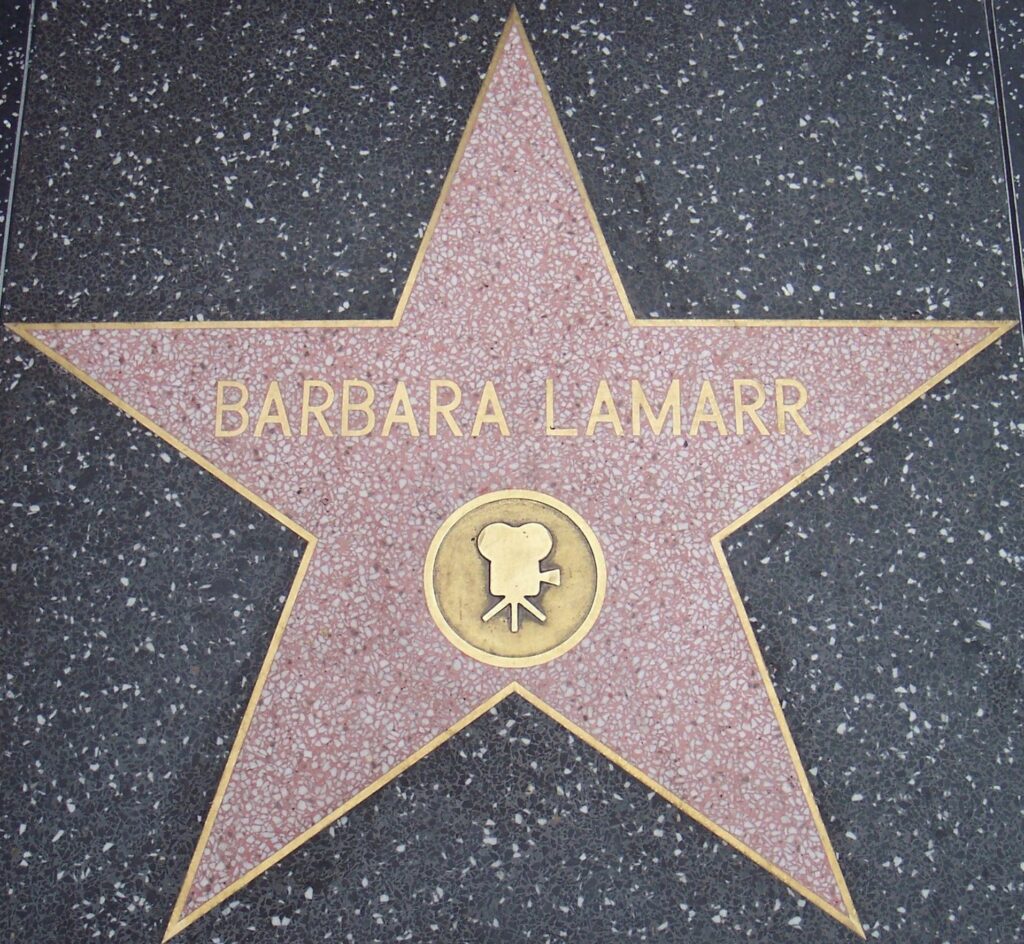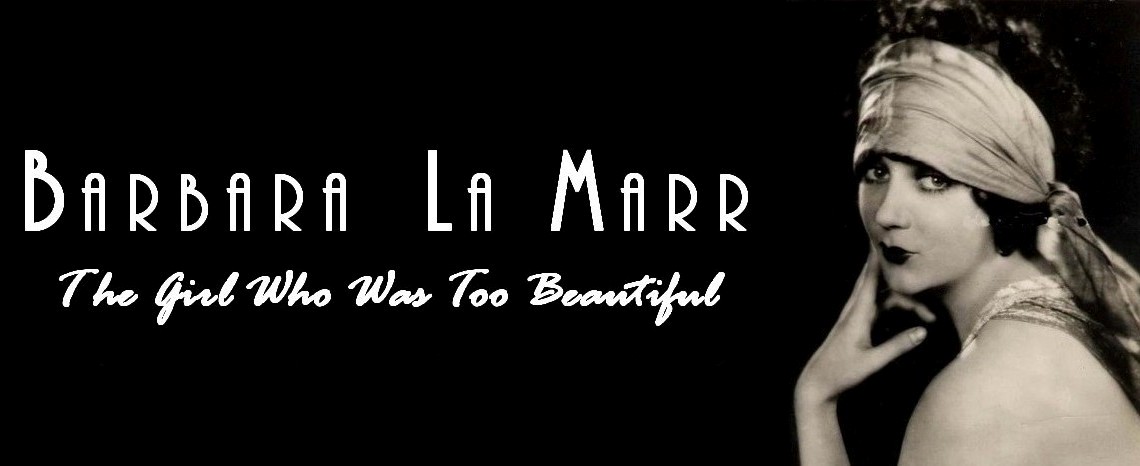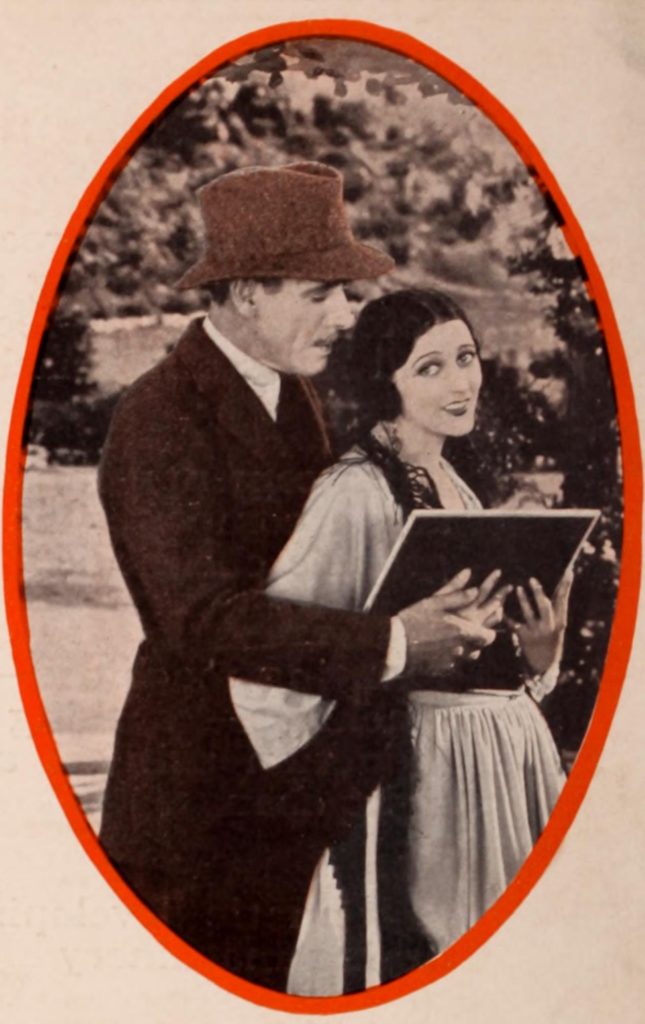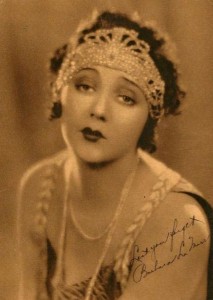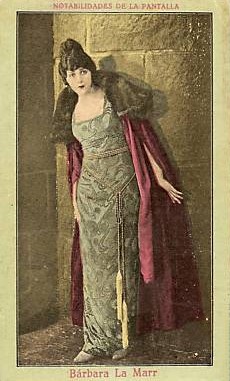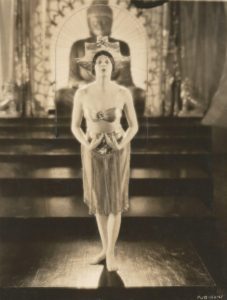“I’ve always had a fascination with Old Hollywood,” admits veteran singer, musician, and songwriter Ronnie Joyner, “and…I have a soft spot for those vulnerable and troubled young starlets who simply couldn’t handle their fame.” Deeply affected by two classic songs, “Candle in the Wind,” Elton John’s Marilyn Monroe homage, and “Celluloid Heroes,” The Kinks’ depiction of fame’s lure, luster, and perils, the Maryland-based recording artist—whose musical prowess encompasses rockabilly, country, blues, folk, and bluegrass—sought to produce his own rendition of such themes.
But Joyner’s song was a long time coming. “I never hit on the right Golden Age actress to use as the inspiration,” he said.
Then he stumbled upon Barbara La Marr. Her story—involving being ordered home to her parents by juvenile authorities at age seventeen for being “too beautiful” to be alone in Los Angeles; skyrocketing to superstardom as a silent screen actress; and dying from tuberculosis and nephritis at age twenty-nine in 1926 following a frenzied period of overwork, strenuous dieting, and hard living—called to him. “I knew she was the one!” he enthused. “The girl I’ve been looking for…the girl who embodies those themes I’ve been wanting to write about.”
Using her star at 1621 Vine Street on Hollywood’s iconic Walk of Fame as the centerpiece, Joyner composed his hauntingly lovely song “Girl Too Beautiful” in honor of Barbara, a woman whom, despite her demons and frailties, he describes as “beautiful, talented, and charismatic.”
Listen to “Girl Too Beautiful” here. While you’re at it, check out some of Ronnie Joyner’s other wonderful songs.
